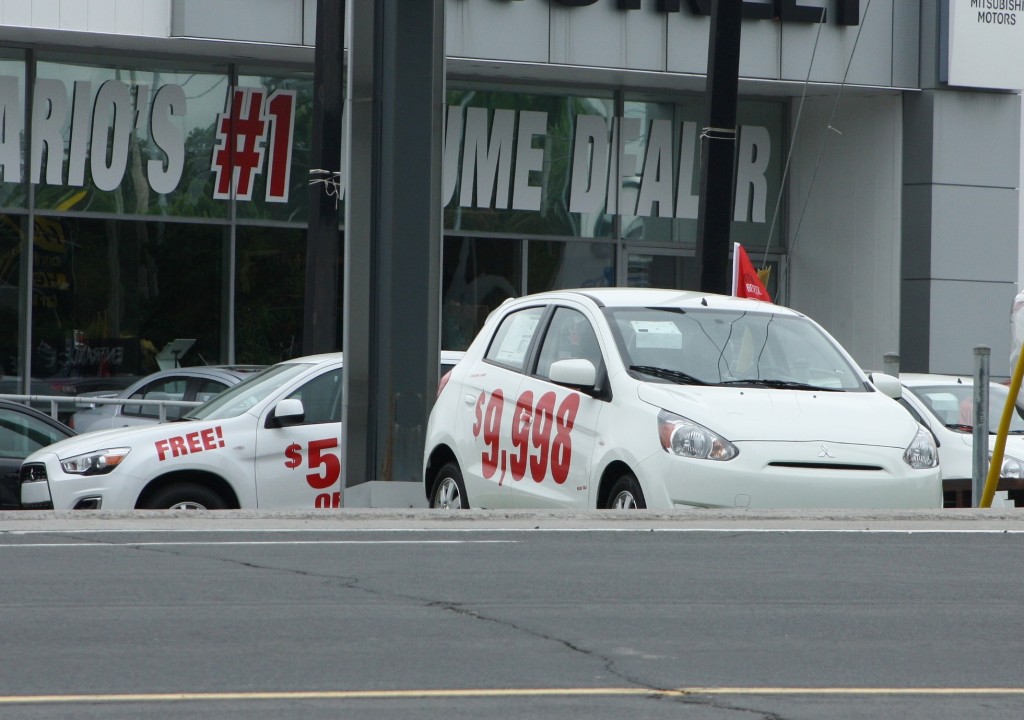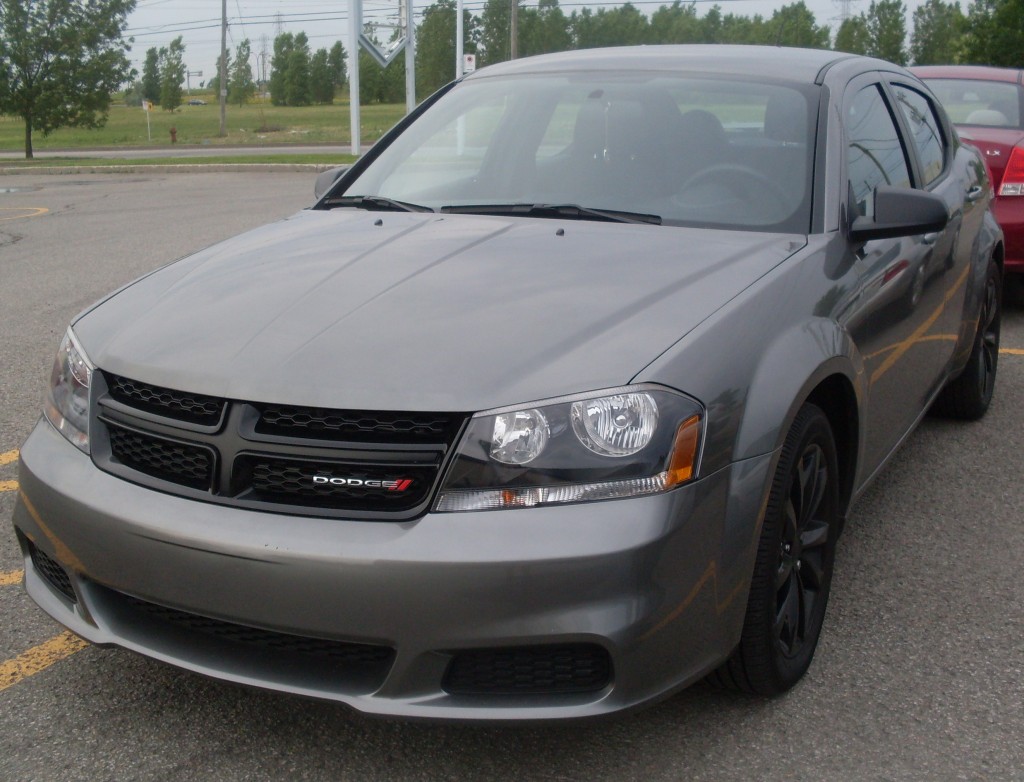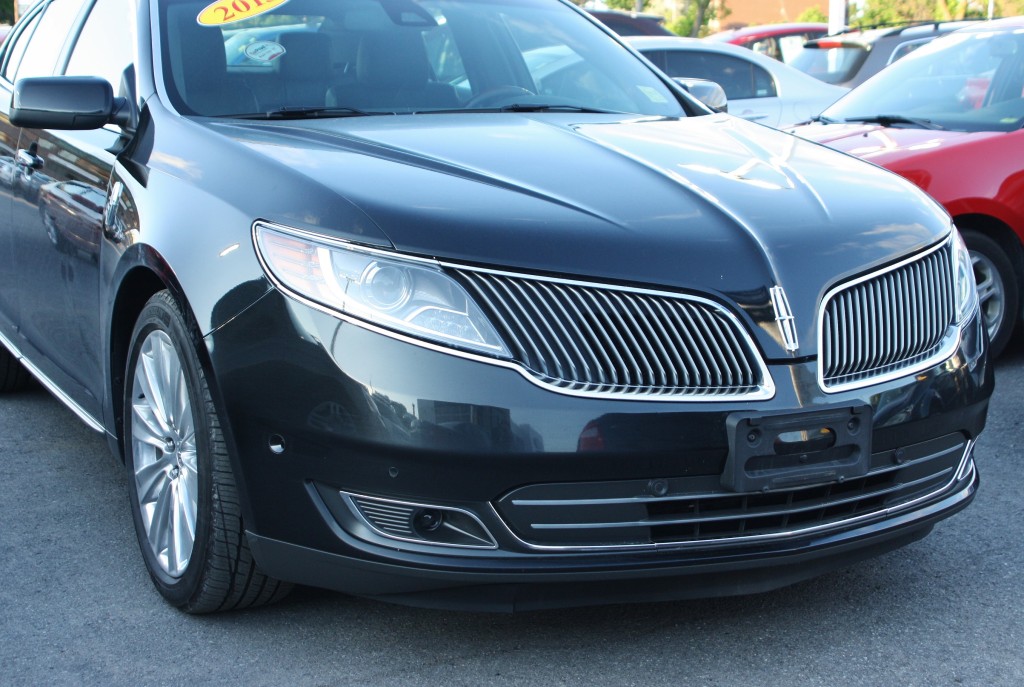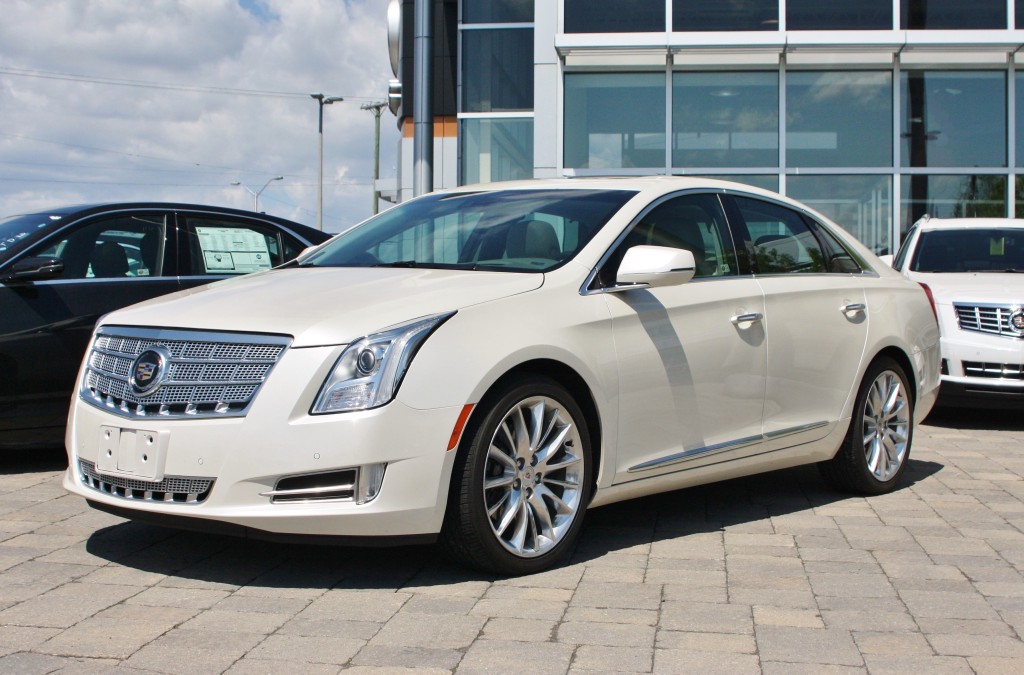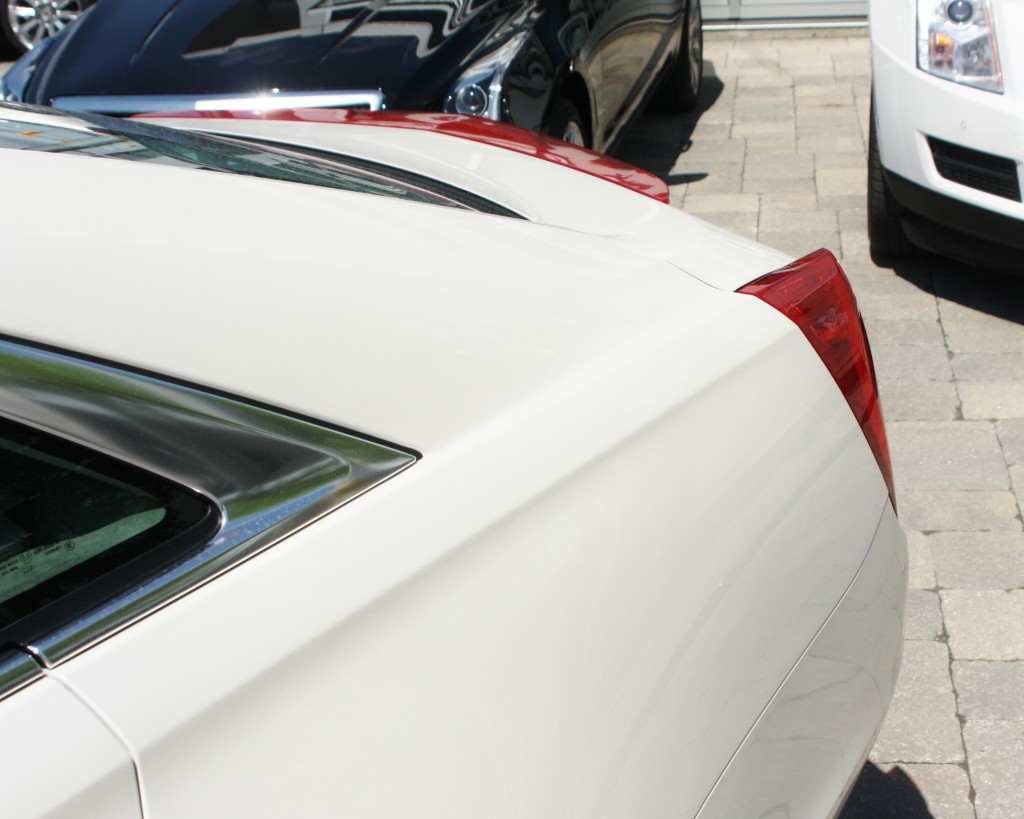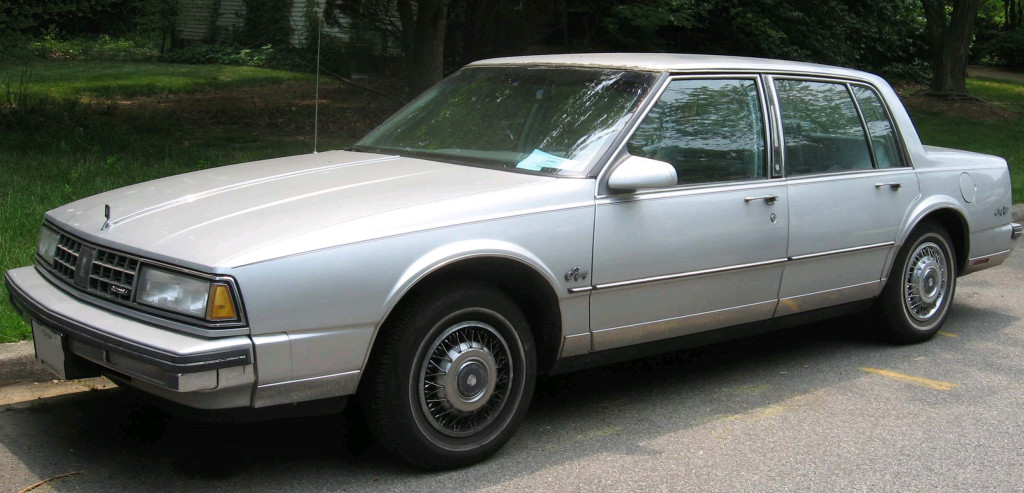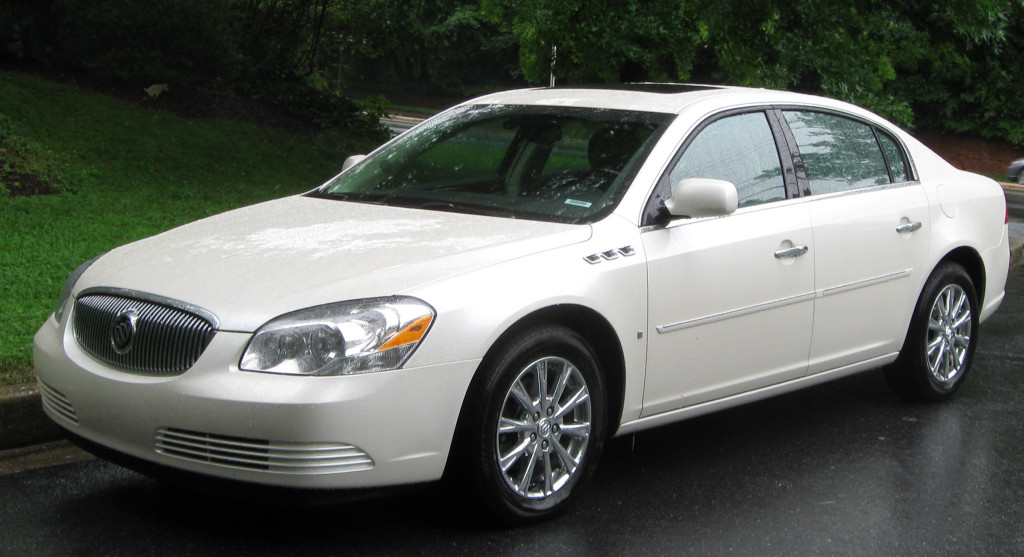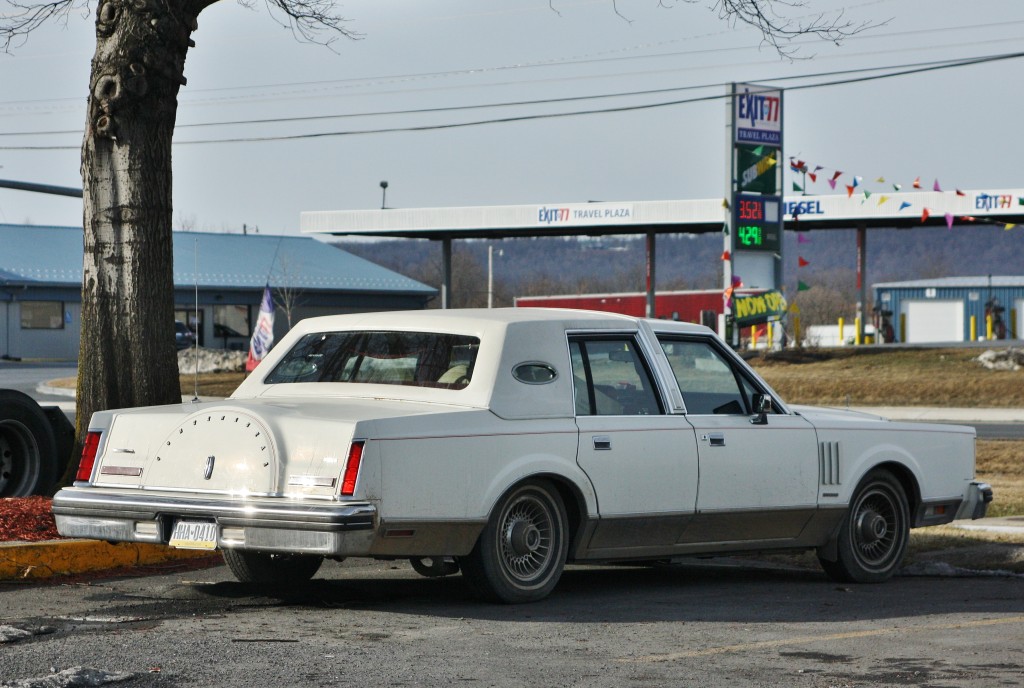There’s a war brewing.
The population is dividing into camps, taking sides, circling the wagons. How this will end, and what will be left when it’s over, nobody knows.
Yes, I’m talking about entry-level subcompact cars.
Nissan Canada created a splash earlier this year when it introduced (re-introduced, technically) the diminutive Micra hatchback, priced at a rock-bottom, take-off-your-sunglasses-and-squint $9,998.
“What the hell?” cried a heavily taxed, half-frozen Canadian public. “Those are 1990 prices!”
The sub-10K sticker price was a big coup for Nissan and for advertisers, as they could now say they were selling the cheapest car in Canada.
“Step up, Millennials! Don’t be afraid – it won’t hurt you!” the ads shouted, implying there would still be income left over for bike spokes and craft beer.
To achieve that low starting price, buyers of the base Micra will have to do without such must-have’s as air conditioning, automatic transmission, cruise control and power windows/door locks, and it remains to be seen how many drivers will be willing to go forward in such a primitive way.
Frankly, this setup reminds me a lot of my first car, a ’93 Plymouth (I survived the ordeal).
Lost in all the hubbub generated by the Micra’s launch was a vehicle launched last fall that also claimed to be an economic superstar. The Mitsubishi Mirage debuted under a loud banner of ‘America’s most fuel-efficient gasoline car’, touting a combined 40 miles per gallon (U.S.).
In Canada, ads cheerleaded the Mirage’s diesel-like 4.4 litres/100 km highway mileage, which works out to 64 mpg (Imperial). However, in order to achieve these savings at the pump, drivers had to fork over more cash at the dealership.
The Mirage launched with an MRSP of $12,995, a price that was already undercut by other vehicles, including Canada’s previous cheapest car, the Nissan Versa sedan. In Quebec, the vehicle listed slightly less than in the Rest of Canada.
The mileage figures got some press, but nothing like the Micra’s starting price, and it makes sense. The Micra would save you money on Day 1, while the Mirage would save a driver money over time, depending on how much driving was done.
No surprise that winning the lottery is sexier than creating a high-interest investment portfolio.
Guess who’s back?
Not content to have the Micra soak up all of the cheap car limelight, the Mirage is fighting back the only way its manufacturer can – by reducing its price.
As of June, after a consumer cash discount of $2,500, a new Mitsubishi Mirage will set you back – wait for it – $9,998.
Yes, there are now TWO cheapest cars in Canada, both battling for sales ground amid a struggling economy and record high gas prices.
The vehicle sales website goodcarbadcar.net sheds some light on why Mitsubishi adopted this aggressive approach (see chart here: http://www.goodcarbadcar.net/2013/10/mitsubishi-mirage-sales-figures-usa-canada.html)
Mirage sales were pretty much flat for the first quarter of the year, not surprising considering the brutal winter endured by almost all of the country. Come spring we see a sharp uptick in Mirage sales, more than doubling in April compared to the month before, followed by a huge drop in May – the month the Micra debuted.
In the United States, where the Micra isn’t being sold, sales of the Mirage continued to climb as spring progressed. Clearly, Canadian sales were being jeopardized by the Mirage’s newfound competition.
Certainly, the time is right for a low-priced, fuel-efficient car, given the environment we live in, but I’m willing to bet Mitsubishi will have the harder time in this battle.
Make up your mind
Reviews of the Micra point to a driving experience out of synch with the model’s bargain-basement price tag. Capable suspension, a 107-horsepower 1.6-litre four-cylinder, and beefier 15-inch tires sets it apart from the Mirage, which makes do with a 1.2-litre 3-cylinder making 74 horsepower.
The Mirage also rests atop skinny, 14-inch tires and is not known for its handling prowess.
Now that their starting prices are equal, it will be up to the individual buyers to decide what’s important to them – mileage or motoring pleasure. Because there is quite a difference between the two vehicle’s fuel consumption numbers.
On the highway, the tiny Micra consumes fuel at a rate of 6.6 litres/100km, according to the manufacturer. This translates into 43 mpg (Imperial), or 21 mpg less than the Mirage’s highway figure – a consideration for those making long commutes.
Of course, if the buyer just wants a cheap car for running errands every now and then, it’s doubtful this will matter much. After all, the 2014 Micra is not a 1972 Caprice.
With the opening volleys now fired, we eagerly await updates in this ongoing battle.
